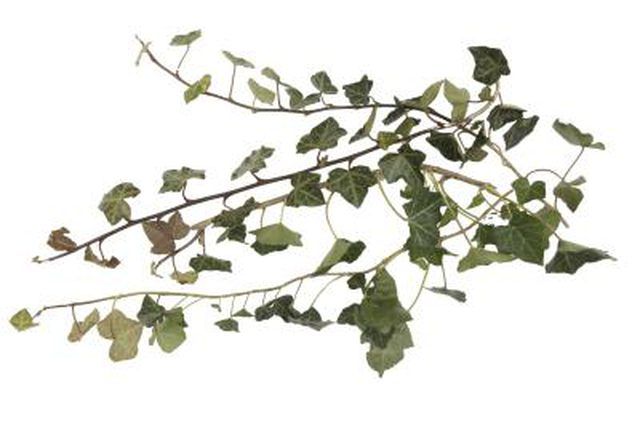Bulbs
Flower Basics
Flower Beds & Specialty Gardens
Flower Garden
Garden Furniture
Garden Gnomes
Garden Seeds
Garden Sheds
Garden Statues
Garden Tools & Supplies
Gardening Basics
Green & Organic
Groundcovers & Vines
Growing Annuals
Growing Basil
Growing Beans
Growing Berries
Growing Blueberries
Growing Cactus
Growing Corn
Growing Cotton
Growing Edibles
Growing Flowers
Growing Garlic
Growing Grapes
Growing Grass
Growing Herbs
Growing Jasmine
Growing Mint
Growing Mushrooms
Orchids
Growing Peanuts
Growing Perennials
Growing Plants
Growing Rosemary
Growing Roses
Growing Strawberries
Growing Sunflowers
Growing Thyme
Growing Tomatoes
Growing Tulips
Growing Vegetables
Herb Basics
Herb Garden
Indoor Growing
Landscaping Basics
Landscaping Patios
Landscaping Plants
Landscaping Shrubs
Landscaping Trees
Landscaping Walks & Pathways
Lawn Basics
Lawn Maintenance
Lawn Mowers
Lawn Ornaments
Lawn Planting
Lawn Tools
Outdoor Growing
Overall Landscape Planning
Pests, Weeds & Problems
Plant Basics
Rock Garden
Rose Garden
Shrubs
Soil
Specialty Gardens
Trees
Vegetable Garden
Yard Maintenance
How to Kill Vines in Flower Beds
How to Kill Vines in Flower Beds. Vines can take over and cause major damage in your flower bed. Common vines include Virginia creeper (Parthenocissus quinquefolia) and roundleaf greenbrier (Smilax rotundifolia), which spread easily and quickly, climbing over surfaces and other vegetation. Since the vines are in close proximity to your flowers,...

Vines can take over and cause major damage in your flower bed. Common vines include Virginia creeper (Parthenocissus quinquefolia) and roundleaf greenbrier (Smilax rotundifolia), which spread easily and quickly, climbing over surfaces and other vegetation. Since the vines are in close proximity to your flowers, herbicides are not the best choice for eradication. There are other ways to kill vines in your flower beds. Virginia creeper grows in U.S. Department of Agriculture plant hardiness zones 3B through 10, while roundleaf greenbrier grows in zones 7 through 10.
Things You'll Need
Garden gloves
Pruning shears
Mulch
Spade
Put on a pair of garden gloves. Gently remove any vines that are wrapped around the flowers. If the vines are too tough to remove without damaging the flowers, carefully cut them into smaller pieces with pruning shears.
Follow the vine to the soil and dig up the roots with a spade. Remove as much of the root system as you can to prevent any regrowth.
Gather any flowers or seeds from the vines, and dispose of them in the trash along with the vines and roots.
Place a layer of mulch around the flowers 2 to 4 inches deep to reduce future vines and weed growth. Try wood chips, straw, sawdust or other organic materials.